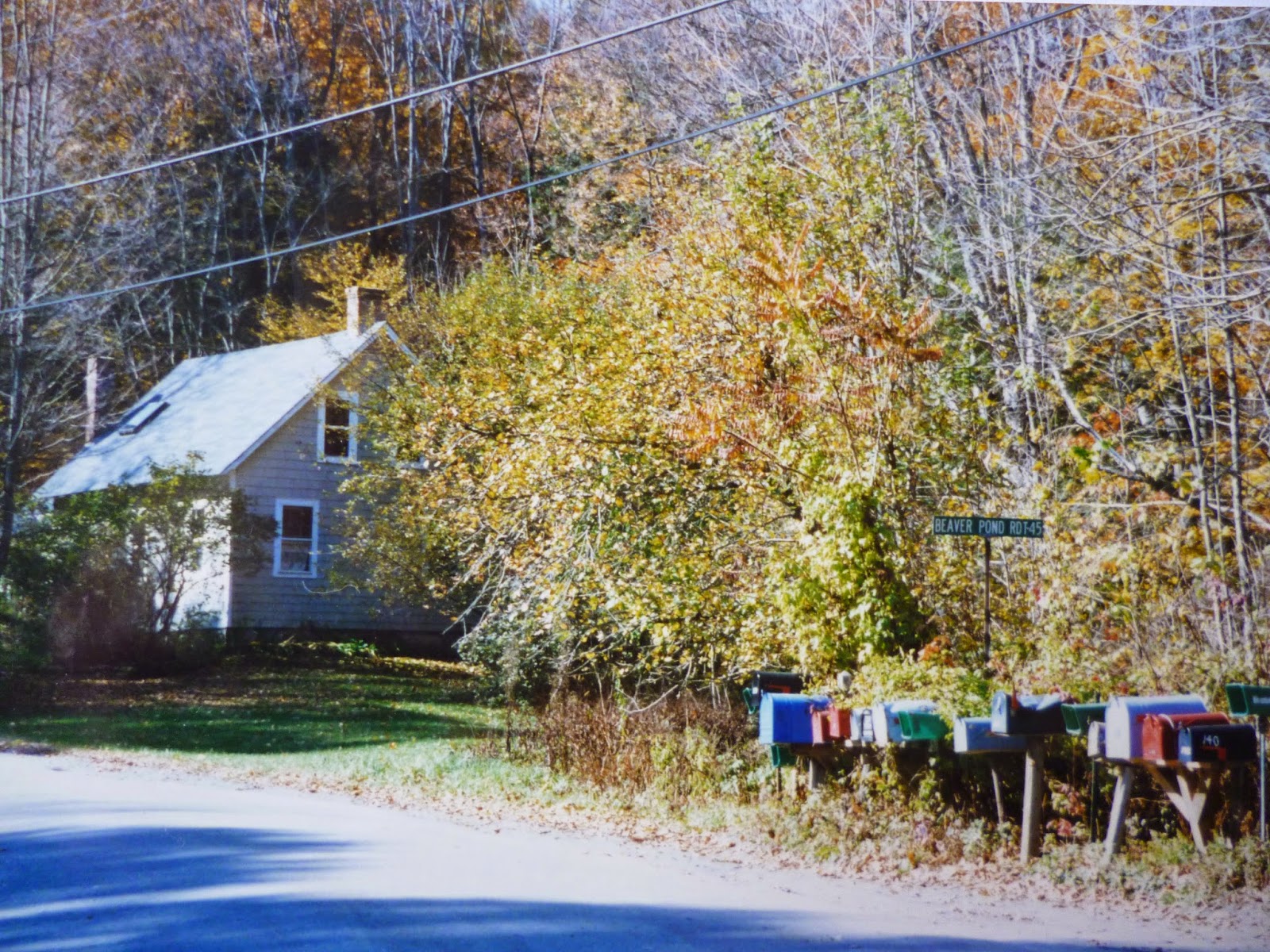(
I'll be away next weekend so look for my next posting the week after that.)
I've always enjoyed a good conversation, even as a child--sitting listening to parents or relatives hash things out at the dinner table or in someone's living room. It's how we children learned about life (that and going to the movies) and heard the old family tales about where we came from and what our elders thought about things. Then, as an adult, my family and I always sat together at meals and expounded on this or that!
Too, a lot of conversations took place over the phone. But then, as the years went on and land lines (as they came to be called) gave way to cell phones, those conversations became harder to hear, as if they were originating from the bottom of a well or off in the middle of an ocean. And phone chat from a car was constantly breaking up.
Then emails came on the scene. And as tablets and smaller and smaller devices entered the picture, smaller and smaller keyboards made it more and more difficult to write much more than an indecipherable short hand.
Emails are excellent for the easy exchange of info but not much good for dialogue. "Oh, you say you spoke with her. Do you mean that you went to see her or that you spoke over the phone?" So you email your question back. No answer. In time, you learn not to even try for a response. The person is too busy ... they figure they answered you ... they don't want to be too precise. Take your pick. At least on the phone, if you ask a question, more times than not, you'll get an immediate reply. You don't have to do Follow Up.
Of course, a good conversation means that one has to be able to talk, to be able to come up with ideas. I recently saw that movie,
Nebraska, where the siblings all got together for the first time in a long time and had nothing to say to each other, other than ball scores or car parts, and so just sat in the front room silently watching a ball game. Conversation had gone the way. One no longer had to converse; we'd given that away to media personalities. And modern day gadgets seemed to help reduce the very communication it had set out to make easier. A bit like Morse Code. Dot-dot-dot-dash-dash-dash-dot-dot-dot. Which spells SOS.


























